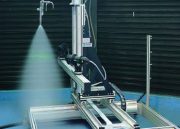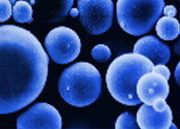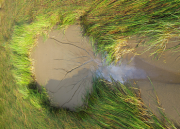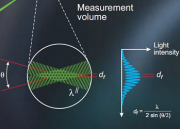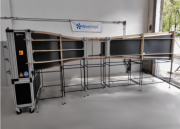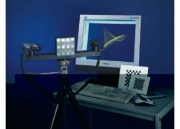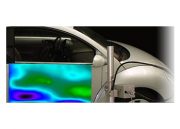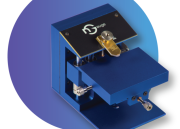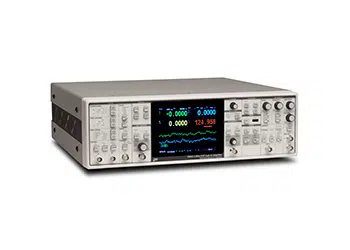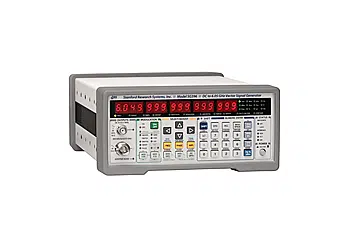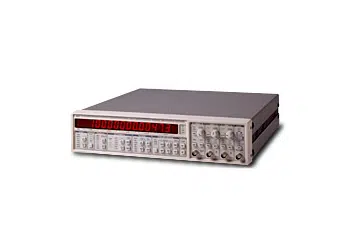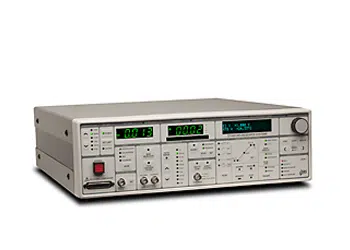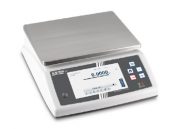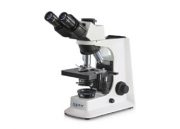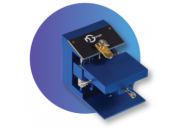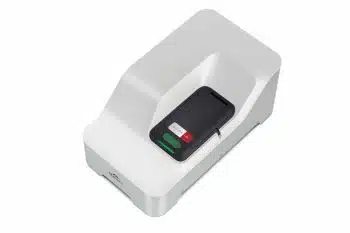Zetasizer Lab
Zeta potential and classic side scatter particle size analyzer with enhanced capabilities
Our Zetasizer Lab system is a Particle Analyzer that uses electrophoretic light scattering (ELS) to determine zeta potential and traditional 90-degree side-scatter for size measurements of materials in the nanometer range.
It is the first choice for all applications where zeta potential, particle charge and stability of colloids and emulsions are the primary questions.
The Zetasizer Lab incorporates Adaptive Correlation,
M3-PALS and constant current zeta mode as well as our extended size range analysis when used with ZSU1002 capillary cell. The Zetasizer Lab also ships with
ZS Xplorer, our easy-to-use analytical software.
ZS Xplorer offers instant feedback on data quality, and guidance on how to improve your results.
Infos / Datasheet
The Zetasizer Lab is the perfect entry-level system, offering a wide range of features, including:
- Electrophoretic light scattering (ELS) measures the zeta potential or electrophoretic mobility and thus indicates the colloidal stability of the sample and/or the tendency of aggregation.
- Dispersion stability is a crucial factor in the production of emulsions, colloidal dispersions but also for dosing flocculants.
- M3-PALS (mixed-mode measurement – phase analysis light scattering) with constant current mode for measurements of the zeta potential and zeta potential distribution of nanoparticles and colloids
- ZS Xplorer software suite for simple and flexible method creation and data analysis
- Artificial intelligence supports the user in assessing the data quality of size and zeta potential measurements and makes suggestions for improving the results
- With the optional MPT-3 autotitrator, the effects of pH changes on the stability of the system can be investigated and the isoelectric point can be determined.
- On-site upgradeability to Zetasizer Ultra
- DLS analysis with 90° detector
Dynamic light scattering (DLS) – also known as photon correlation spectroscopy (PCS) or quasi-elastic light scattering (QELS) – to measure molecular and particle size distribution from below 1 nm to 10 µm - Disposable capillary cell for non-destructive size analysis in sample volumes as small as 3 μl with an upper size range of up to 10 μm
- Extended size range analysis enables better accuracy for particle sizes above 1 μm and indicative results above 10 μm using the capillary cell
- Static light scattering at 90° can be used to estimate the molecular weight
Sie sehen gerade einen Platzhalterinhalt von Google Maps. Um auf den eigentlichen Inhalt zuzugreifen, klicken Sie auf die Schaltfläche unten. Bitte beachten Sie, dass dabei Daten an Drittanbieter weitergegeben werden.
Mehr InformationenSie sehen gerade einen Platzhalterinhalt von Facebook. Um auf den eigentlichen Inhalt zuzugreifen, klicken Sie auf die Schaltfläche unten. Bitte beachten Sie, dass dabei Daten an Drittanbieter weitergegeben werden.
Mehr Informationen


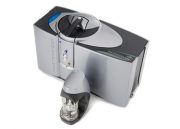

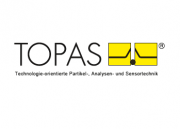
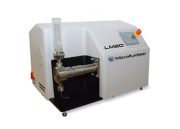
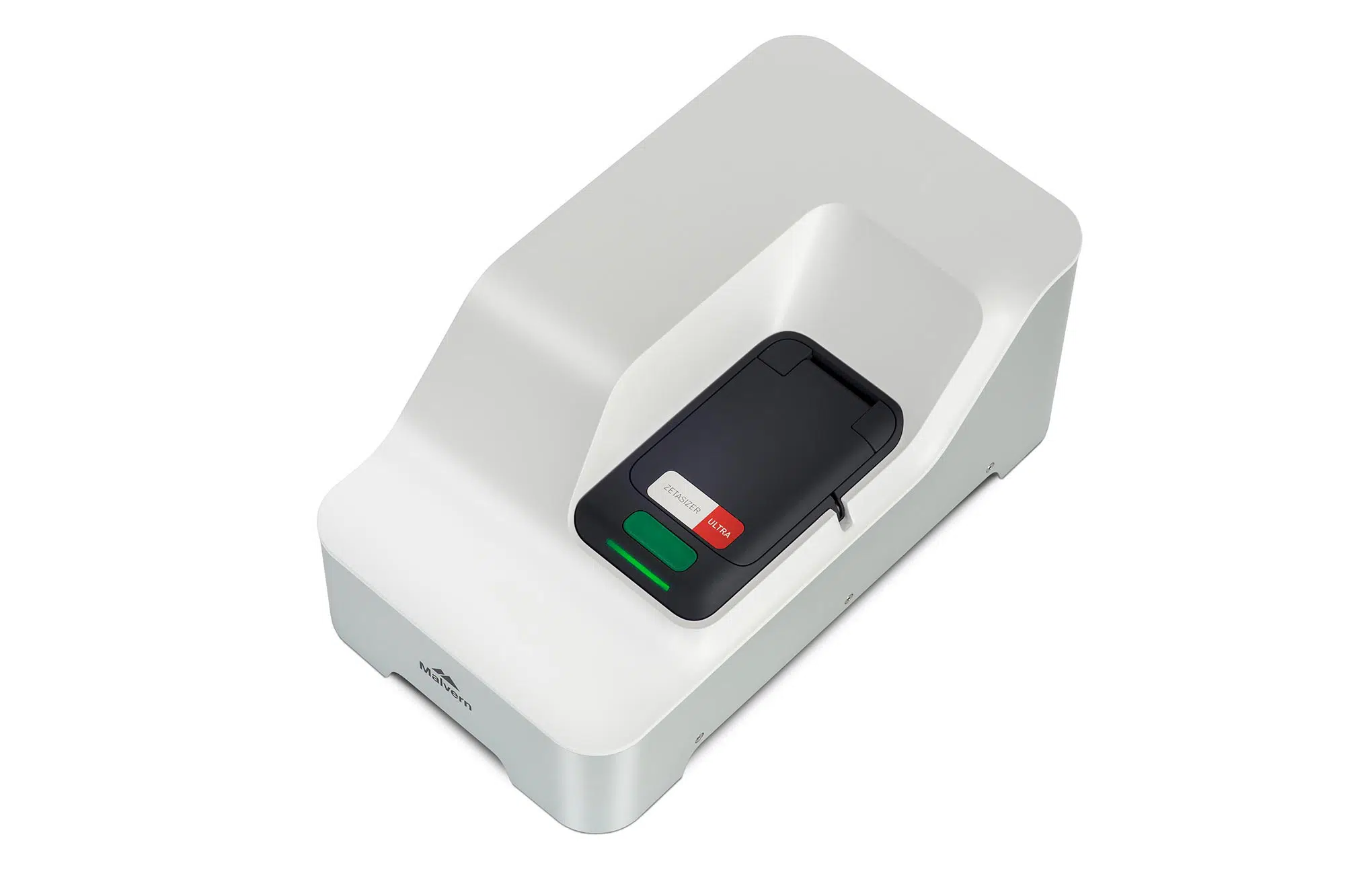
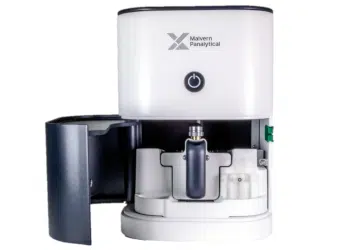

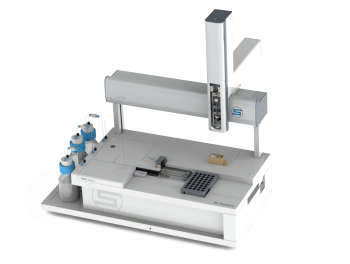
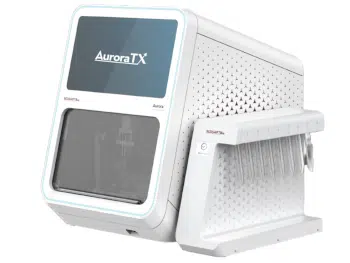
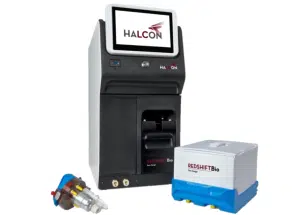
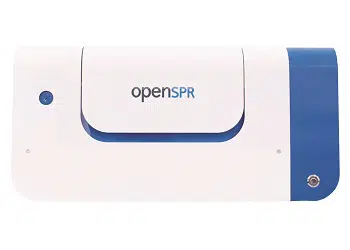
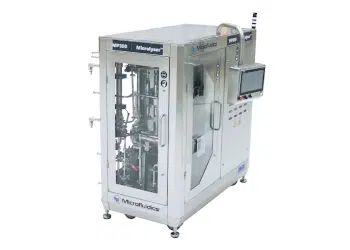
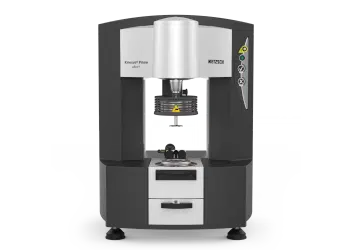
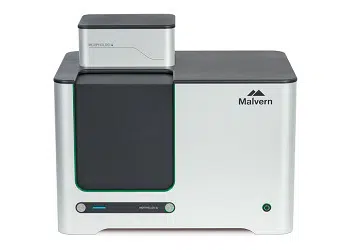
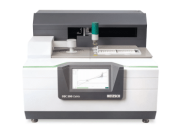
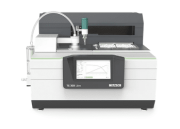
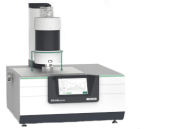
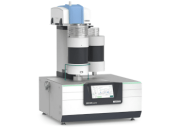
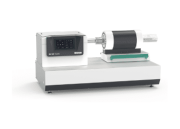
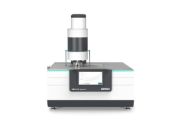
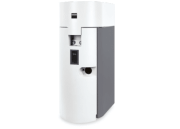
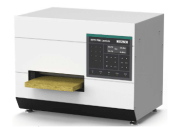
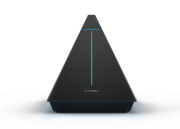
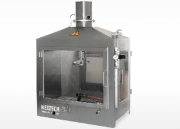
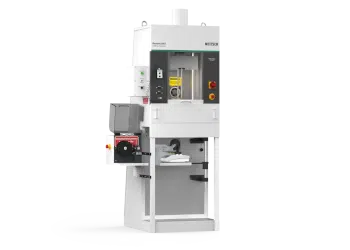
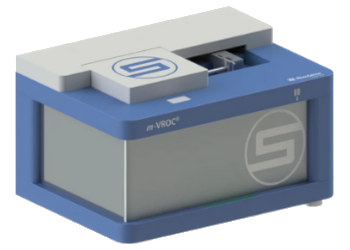
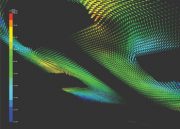

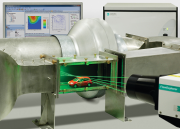
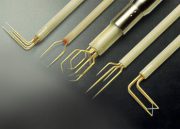
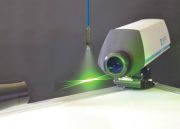
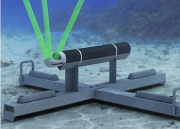
![[:de]kategorie_stroemung_staudruck[:en]kategorie_stroemung_staudruck2[:] [:de]kategorie_stroemung_staudruck[:en]kategorie_stroemung_staudruck2[:]](https://www.prager-elektronik.at/wp-content/uploads/2018/01/kategorie_stroemung_staudruck2-180x129.png)
